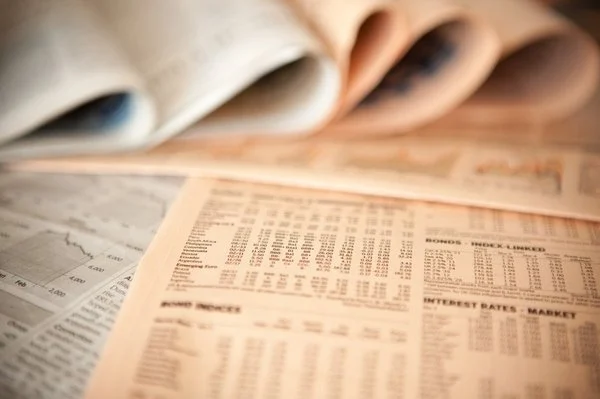Profit is a figure that changes from year to year and shows how well the company performed in a given year. The stock price is many times higher than the annual profit per share, and it is a much more volatile thing. In the 20th century, the price-to-earnings ratio tended toward 15, meaning people were willing to pay about 15 years’ worth of earnings for an average company, but there was no clear trend. In years of economic growth, people were willing to pay more, and during a crisis, the value of businesses fell. Plus, there are also factors like future prospects, technology, and monopoly position. For example, Facebook was valued at nearly 100 years’ worth of earnings at its IPO. Some analysts thought investors had completely lost their minds. And they weren’t wrong.
Back in 1929, this ratio rose to 35, and even then, people started to get nervous. Others, however, began to think that the market could only go up. There was a lot of optimism among traders. Before the 2000s crisis, it reached an even higher number – 46, but then it suddenly corrected itself so sharply that traders started jumping out of windows.
submitted by /u/FXgram_
[link] [comments]
